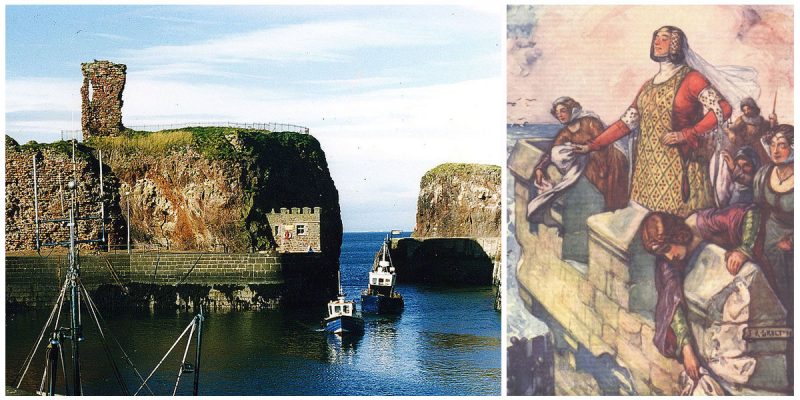Agnes, the Scottish Countess of Dunbar and March (better known as Black Agnes because of her black hair and olive complexion), was the 14th-century wife of Patrick, the ninth Earl of Dunbar and March.
Her father was Thomas Randolph, Earl of Moray, who was a nephew and friend of Robert the Bruce. Her mother was Isabel Stewart. Agnes is most famous for her heroic defense of her home, Dunbar Castle, during the English siege led by William Montagu, earl of Salisbury, in 1338.
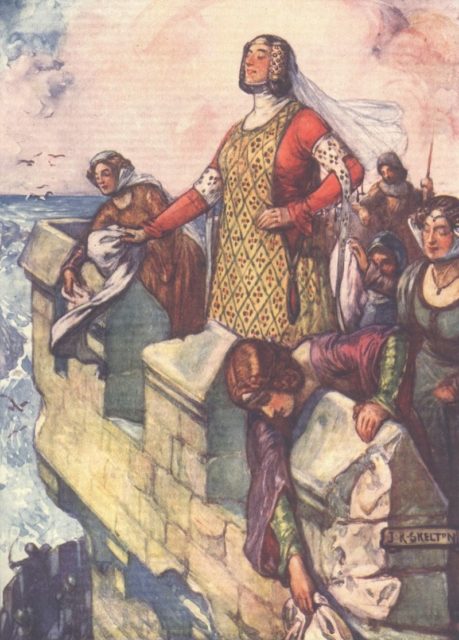
The siege began on January 13 and ended on June 10. The English army laid siege to the castle while Patrick Dunbar was away, so only Lady Agnes was there with her guards and servants. An adamant woman, she was determined not to surrender the fortress. At that time it was common for women to take charge of their homes while their husbands were away, but the stand of Black Agnes is the most interesting case.
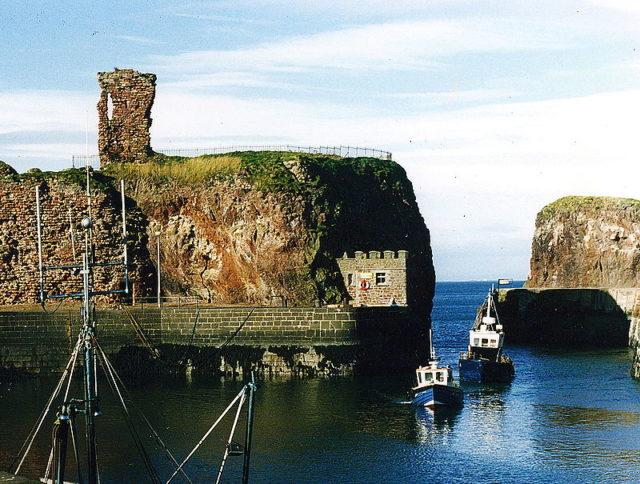
The first thing that Salisbury did was catapult the castle with rocks and shoot at the ramparts, but Agnes had her own plan. The English were preparing to storm the castle with a giant siege tower called a sow, but Agnes warned him with disdain that he should take good care of his tower because she was about to release her pigs (soldiers) within the castle. After that, she released a huge boulder and crushed Salisbury’s sow to pieces.
When Salisbury realized that he could not make progress with weapons, he turned to trickery. He bribed the guard at the entrance of the castle, advising him to leave the gate open so that they could break in. However, the guard took Salisbury’s money and immediately reported the plan to Lady Agnes, who was ready for the English soldiers’ arrival. As Salisbury led his men to the gate, one of the soldiers suddenly pushed ahead. Agnes dropped the portcullis, separating the lone fighter. She intended to capture the leader, but only trapped the one soldier.
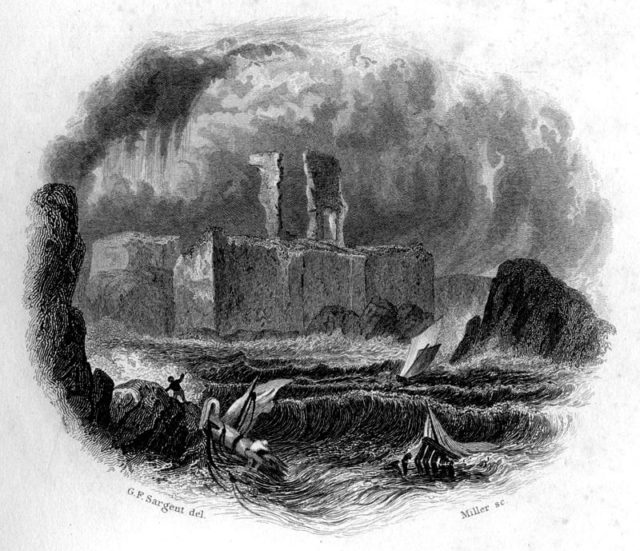
The English captured her brother, John Randolph, the 3rd Earl of Moray. They threw a rope around his neck, threatening Agnes that if she did not surrender the castle, he would hang. She said that her brother’s death would only benefit her because she would take his place as an Earl. Interestingly, Agnes was not in line for the earldom, so historians believe that either she was taking a serious gamble with his life, or that this story has been embellished over centuries.
Because Salisbury had run out of ideas to combat Agnes, he decided to cut off communication with the outside world by blocking the roads to the castle. That way, Agnes and her soldiers would starve. When Ramsay of Dalhousie heard about the plan of the English, he moved to the coast with 40 men from Edinburgh. He approached the Dunbar castle by sea and surprised Salisbury’s army. After five months, Salisbury admitted defeat and ended the siege on June 10, 1338. Today, several ballads tell the story of this triumph of a Scotswoman over an English army.
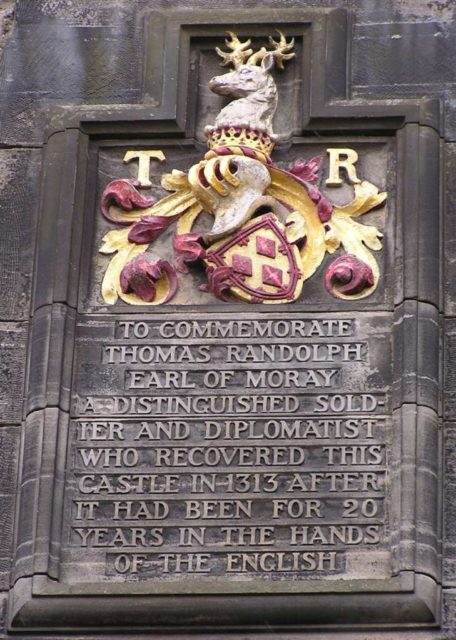
According to some accounts, Agnes became Countess of Moray because she inherited the earldom from her brother after his death in 1346 at the Battle of Neville’s Cross.
However, that is just an assumption because the earldom later reverted to the crown. The castle was given to the earl’s nephews, George (Earl of Dunbar and March), John Dunbar (Earl of Moray), and Sir Patrick de Dunbar, of Beil.
